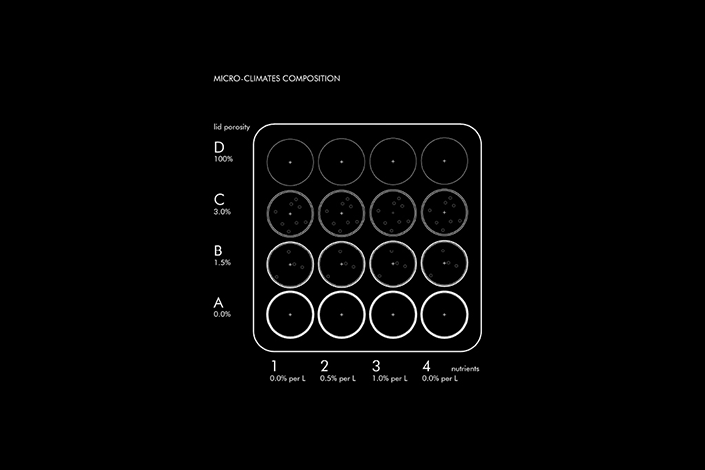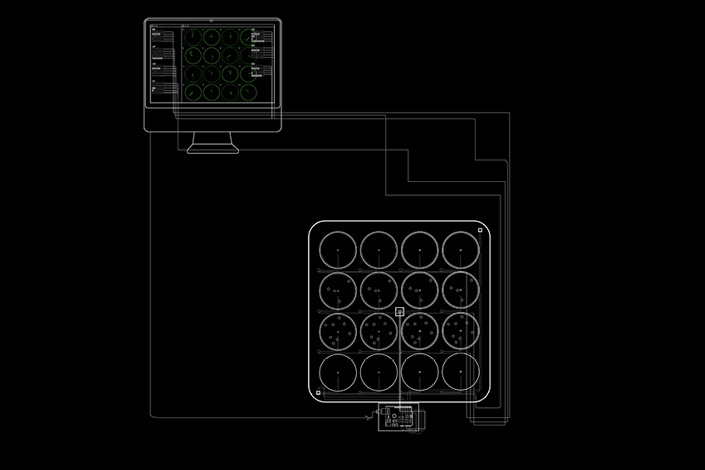March 2013, Microbial Ecologies 1.0


























Microbial Ecologies 1.0, IAAC + FabLab Barcelona, ES, 2013
RS Digital Tectonics/Fabrication Ecologies, (Atmospheric Ecologies)
team: peter malaga, fran castillo, yogesh karekar, priyanka narula
supervisor: claudia pasquero, marco poletto assistant: alexandre dubor
desk critics: achim menges, enrico dini, giorgio jeronimidis, marcos cruz, marco verde
final jury critics: neil leach, manuel gausa, areti markopoulou, thomas ermacora, ulrika karlsson, jaume avellaneda, jaime coll, juan carlos sanabria, edouard cabay, jordi pages, manja van de worp, luis fraguada
Atmospheric Ecologies - Exploring Hemp Behaviour under Artificial Climates (growing apparatus)
Atmospheric Ecologies (AE) aims to explore new fictional environments, in which are able to reproduce a global climate experiment. AE investigates new interfaces that allow us to simulate artificial climates, and be able to explore how all these invisible (data) artificial microclimates are encoding the plant growth. The experiment intends to develop a device that enable us to amplify our knowledge about the implications of using chemical substances or artificial nutrients in hemp growth plant by developing digital simulations. The simulations will allow us to explore new ways to visualize hemp behaviour. AE research will be a framework for researching the link between data that has been codified in the different artificial atmospheres and hemp behaviour. This interface aims to expand the way of producing citizen science. AE aims to investigate new ways of physicalization of hemp root system by exploring 3D Printing techniques. AE will allow us to spatialize hemp root systems under different artificial atmospheres, visualizing in real time the effect of using chemical nutrients in hemp plants.
Microbial Ecologies (ME) is proposing a speculative scenario in which is able to explore new robotic fabrication processes as a framework for investigating the generation of bio-artificial systems. These systems allow us to regenerate polluted and eroded terrains, protect the soil from farther erosion and encourage healthy plant growth using interconnected 3D fibre systems (Phytoremediation - a process where contaminants are absorbed by the fast-growing hemp roots or, in some cases, transforms toxins into a harmless substance. This decontamination process is proven to pull heavy metals from soil. It was also used following the nuclear disaster at Chernobyl to remove radioactive strontium and cesium). The research explores a heterogeneity of fibre structures at a broad range of spatial scales. The heterogeneity and interconnectivity of the 3D fibre system within soil creates symbiotic bio-diverse microhabitat for the various microbial population and vegetal systems. The system that ME is proposing has a pivotal role in microbial interactions, therefore it is able to amplify the biodiversity of ecosystems.
Microbial Ecologies focuses on the development of fibre structures to characterize soil composition at multiple scales that are relevant for micro organisms.
(research in process, see Microbial Ecologies 2.0)

























































